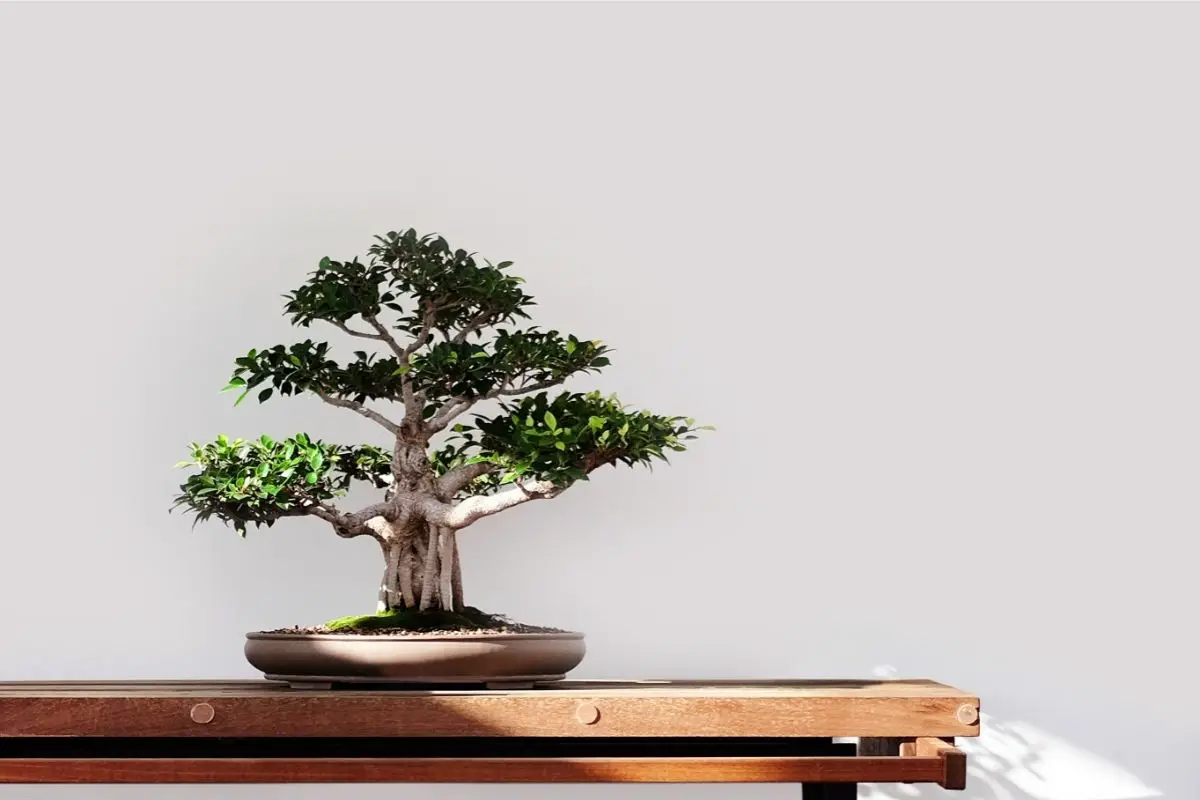Millions of people around the world celebrate Christmas with presents, decorations and a Christmas tree end of December.
But is there a Santa figure in Japan who brings gifts for children? The Japanese celebrate Christmas in a similar way to other countries and there are even two Japanese Santa Claus figures.

In this article, we find out more about Santa Claus in Japan and what gifts he gives to Japanese children.
Is There A Santa Claus In Japan?
In recent years, Japan has adopted the iconic Santa Claus that you can find in many other countries. He has the same red suit and friendly face as we can see across marketing campaigns around the world.
This Santa Claus appears around Christmas to promote products and Christmas sales. He is usually called “Mr. Santa” or “Santa-San”.
However, the Christian tradition of Santa Claus is only a modern trend in Japan. The country also has its own folklore and religions with figures that are similar to Santa.
One of the most popular Japanese Santa Claus figures is Hotei. He is one of the Shichifukujin (Seven Lucky Gods).
As a god of luck, Hotei is a jolly character with a big belly and a magical sack that contains mysterious objects.
Hotei is also called the laughing Buddha and you can see sculptures of him in temples and other public places around Japan.
This being said, Hotei is a Buddhist god, so he isn’t related to the Christian tradition of Christmas.
However, many Japanese people include presents for him during the Christmas season to honor ancient Japanese mythology.
Who Is Hotei?
Hotei is the god of fortune and good luck in Japanese mythology. It is believed that he came from Mahayana Buddhism through Indian and Chinese religions.
Similar to the Christian Santa Claus, many people think that the figure of Hotei is based on a real person: a Chinese monk who is said to have died in 916 AD.
Hotei is often shown as a jolly man with a big, round belly. He is also laughing and may carry various items with him, such as a sack or a fan.
In fact, some Japanese texts even call Hotei “cloth sack” because he is sometimes depicted as a laughing figure with a big sack.
Hotei is also the protector of children in Japan. This makes him a popular figure of the younger Japanese all year round.
Do Children Writer Letters To The Japanese Santa?
Yes, many Japanese parents have adopted the Santa Claus traditions. This means that Japanese children also write letters to Santa Claus.
In fact, there are even different couriers to fly letters for Santa Claus to Scandinavia as a marketing campaign.
One of the biggest examples occurred in 2020 when a courier of the ANA Group put 800,000 Santa Claus letters on a plane and flew them to Norway where a Santa Claus figure picked them up with his sleigh.
What Is In Hotei’s Sack?
The reason why the Buddhist god of luck Hotei is often considered a Japanese Santa Claus is because he is depicted carrying a big sack.
While the sack of the Christian Santa Claus is filled with presents and toys, it isn’t immediately obvious what is in Hotei’s sack.
Plus, there are many different legends around the contents of this big bag. Some legends say that Hotei carries clothing for poor children, while others believe that the sack contains the woes of the entire world.
Scientists believe that Hotei’s sack is a reference to his figure as a wandering monk who possesses only a few things.
This being said, Japanese folklore says that his magic bag allows Hotei to bring joy and good fortune to everyone he meets.

What Is The Difference Between Hotei And Santa Claus?
While Santa Claus and Hotei are both prominent figures in Japan around the Christmas season, they are very different in their origins and appearance.
Origins
Santa Claus is closely associated with the Christmas faith, while Hotei has emerged out of Japanese legend and Buddhism.
Appearance
The pot-bellied Santa Claus with a red suit as we know him originally comes from a marketing campaign designed by Coca Cola in the early 20th Century.
However, the original Father Christmas also used to wear a long cloak, black boots and a sack.
On the other hand, the god of fortune Hotei only wears a light cloak exposing his big belly. Many people believe that Hotei’s big belly comes from the large amount of love he has for humanity.
While Santa Claus’ red robe is believed to be celebratory, Hotei’s light robe is said to protect him against demonic attacks and disease.
Both Hotei and Father Christmas are often shown smiling and laughing, although Hotei (as a protector of Japanese children) is only ever depicted with toddlers or kids.
Tradition
Santa Claus and Hotei both deliver gifts to children and adults but Santa usually expects something in return, such as children putting out their clean boots.
In comparison, the Japanese god Hotei doesn’t require anything in return from kids. He is a selfless figure who provides gifts and support to children of all ages.
Accessories
Another big difference between Hotei and Father Christmas is that Santa only carries a sack. He is occasionally also depicted with a sleigh and his reindeer.
Hotei, on the other hand, carries an oogi which is a fan usually used by the Japanese aristocracy. In the past, wealthy Japanese landowners would use the oogi to show their serfs that their request was granted.
This goes hand in hand with Hotei’s nature of making problems disappear with just a single wave of his fan.
This being said, Hotei also carries a magical sack that contains a variety of presents for children and adults, although they are not always material gifts.
Final Thoughts
While Japanese have adopted the Christian Santa figure, they also offer thanks to the god of good fortune Hotei during the Christmas season.









